Buy or gift a stand-alone digital subscription and get unlimited access to dozens of back issues for just £18.99 / $18.99 a year.
Please register at www.exacteditions.com/digital/cornucopia with your subscriber account number or contact subscriptions@cornucopia.net
Buy a digital subscription Go to the Digital EditionFamous for his atmospheric films set in stark landscapes, Nuri Bilge Ceylan is now attracting attention with his photography. Maureen Freely leafs through the pages of a fine limited-edition album of his enigmatic, painterly scenes
Admirers of Turkey’s most fêted film director may not be surprised to hear that Nuri Bilge Ceylan has a second calling as a photographer. In this new limited edition of 97 images taken between 2003 and 2009, mostly while scouting for locations, he takes us back into the world of his films. Here again are the panoramic landscapes of Uzak, Climates and Three Monkeys – the great curving rivers, roads and hills along which the eye, too, must travel before it can take in the whole. Here, too, are the snow-covered shorelines, flooded pastures, arid plains, ancient sites and ghostly city streets that serve as backdrops to his dramas.
On the page, as on the screen, it is the human figure that draws the eye: the schoolgirl standing on the almost flooded train tracks, the newlywed behind the great curve of her washing line, the boy in the alleyway whose half-shadowed face calls to mind a masked bandit. Most look as if they have agreed to pose for the camera, but their trust in the photographer seems fragile. There is a challenge in their eyes, and in their stance. The peasant mother is ready to defend her two innocent daughters. The man standing tall in his best suit would be a good friend – and a bad enemy. The fun-loving boys near Ahlat would like to know what this inquisitive stranger sees through his lens, though it does not seem to occur to them that he might be just as interested in the landscape.
Nuri Bilge Ceylan’s father was the only member of his family to get an education. An agricultural engineer, he chose to leave a promising career in Istanbul in the early 1960s, returning with his wife and two young children to work (and, he hoped, transform) his father’s lands in Yenice, near Çanakkale. Ceylan’s older sister, Emine (herself a distinguished photographer), has written of their father’s intense engagement with nature, rivalled only by his love affair with his Chevrolet, imported with some difficulty from the US. It was in this Chevrolet that he took the family to see all the great sites of Anatolia. His idea of a happy day was to wander off into the ruins for hours on end. The children were left wondering what he saw, and what he was seeking.
Nuri Bilge Ceylan has captured other silent quests of this order, sometimes in places of undisputed beauty (as with the shepherd with his umbrella, standing on the hilltop, gazing down at his sheep amidst the toppled columns of a Roman ruin) and sometimes in landscapes recast by snow, wind or the setting sun.
He has a particular genius for finding the painterly in the real, and whatever he finds he enhances. His wide-screen digital images revel in their sharp, colliding edges and their sweeping curves. Printed on rag paper, coloured by archival pigment inks, they seem lit from within. Though some of his Istanbul street scenes seem to echo those of Ara Güler (Ceylan loves his ferries, his streetcars, his old wooden houses and his windswept city streets), his images are never at pains to deny the picturesque. Ceylan’s modern city does not seem to be at odds with the old city crumbling beneath it. There is, instead, an assumed unity and an unabashed celebration of the gorgeous. Instead of repudiating the postcard view, Ceylan reframes it, so that it is no longer the white peaks of Mount Ararat that draw the eye but the flock of men chasing that football on the vast plain beneath. The Blue Mosque recedes into the mist as tense figures fight their way through the snow in the foreground. Each image invites a question. Why is the farm girl posing so happily in front of her family’s rough-hewn house as her sister glowers from the wall some way behind her? And what of that figure in the far background, raking hay? Is he their protector, or is he their fate? The portraits are riddled with tension: each detail, each pair of eyes complicates the story, just as each “pure landscape” suggests a story on a grander scale. Why is this horseman racing across the steppe? How long has this carriage been travelling through the blizzard, and how long will it be before he can see the lantern in the little shack? Each picture withholds a story, though there are clues and suggestions.
This is an enthralling collection, artfully arranged, with no expense spared. It is deserving of its own table, so that it can be leafed through at leisure, again and again.
Maureen Freely is the author of six novels, of which the most recent is Enlightenment. A Professor at Warwick University, she is perhaps best known for her translations of Snow, The Black Book, Istanbul: Memories of a City, Other Colours and The Museum of Innocence, all by Orhan Pamuk
Nuri Bilge Ceylan’s films: The European film world was quick to see Nuri Bilge Ceylan’s potential. His first film, Cocoon, was an official selection in the short-film competition at the Cannes Film Festival in 1995. His first full-length film, The Small Town, won the Caligari Prize at the Berlin Film Festival three years later. It was with Uzak, the third in his so-called “provincial trilogy”, that he gained international recognition. The film was awarded the Grand Prix and Best Actor Prize at Cannes in 2002. In 2006, Ceylan was back at the Cannes Film Festival with Climates, this time winning the Fipresci Prize. His most recent film, Three Monkeys, shown at Cannes in 2008, was awarded the prize for best director.
In September 2009, six travellers set out on horseback to retrace the early part of the route taken in 1671 by the Ottoman traveller Evliya Çelebi on his way to Mecca.
Spirited impressions of Ottoman Istanbul in the 16th century from a mischievous Danish artist and an acerbic Flemish envoy.
When eaten raw as a salad, turnips are shredded or thinly sliced like radishes. Their distinctive mustardy bite, which cleanses the palate, makes them excellent company for rich meats and fish. Cooking however, transforms the starch in the turnip, giving it a mellow taste.
More cookery features
The Great Mosque and Hospital of Divriği, an imperilled masterpiece of Islamic art in the remote upper Euphrates, is the only single building in Turkey given world heritage status. Cornucopia celebrates this medieval marvel with a 26-page guide to its mad, exuberant architecture through the stunning photographs of Cemal Emden
The city of Dresden is now home to one of the finest displays of Turkish art and armoury
Little known and rarely visited, the hauntingly beautiful sanctuary of Zeus at Labraunda – built by the family of the legendary Mausolus high above Milas – was for centuries Aegean Turkey’s most revered shrine. A Swedish team has managed to uncover the ruins without sacrificing the serenity of these sacred hills.
Daniel Shaffer explains the value of the Great Mosque of Divriği’s ancient carpets.
Reassuringly inaccessible, Divriği has always taken time to reach – and its riches time to savour. Patricia Daunt on the historical figures who made the journey
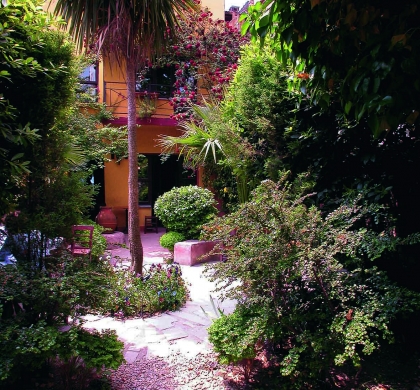
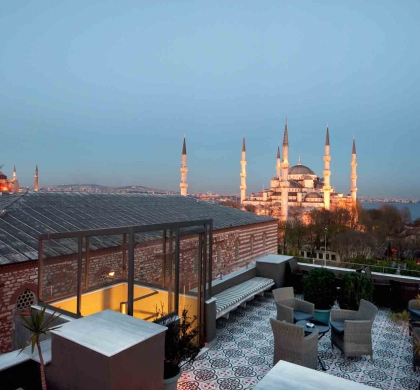

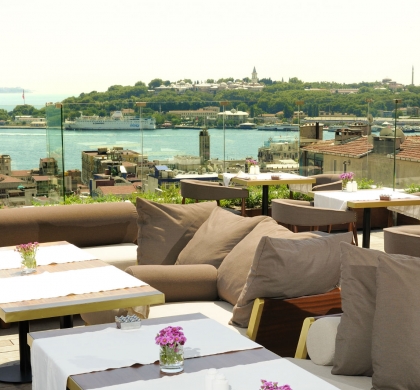
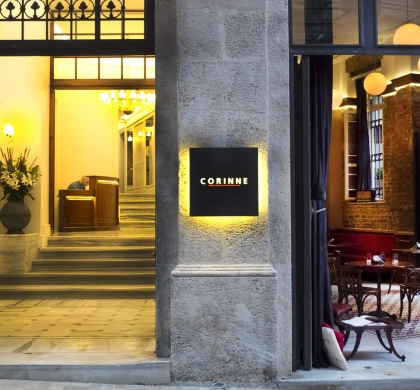

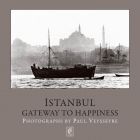
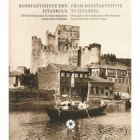
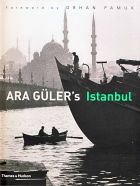
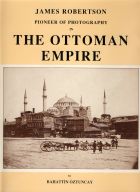
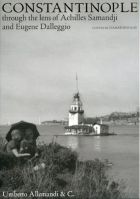
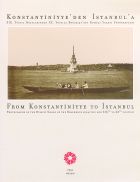
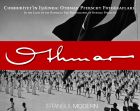


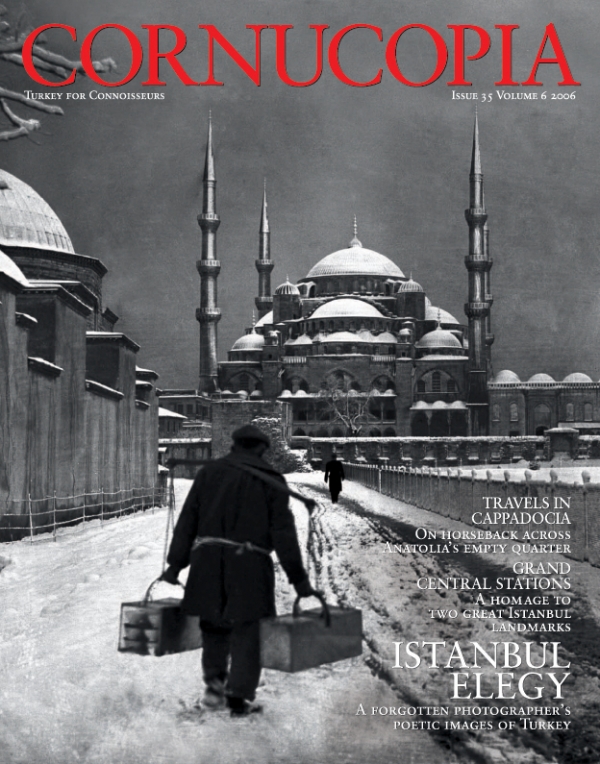
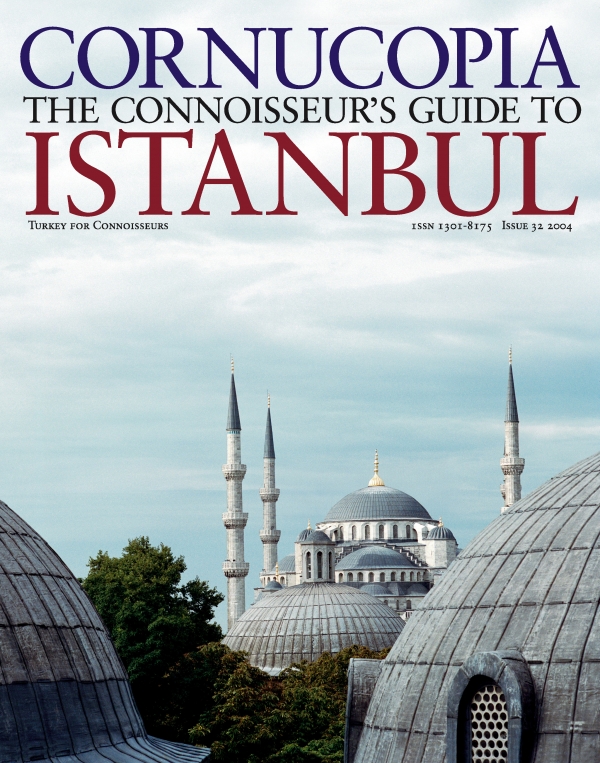

Cornucopia works in partnership with the digital publishing platform Exact Editions to offer individual and institutional subscribers unlimited access to a searchable archive of fascinating back issues and every newly published issue. The digital edition of Cornucopia is available cross-platform on web, iOS and Android and offers a comprehensive search function, allowing the title’s cultural content to be delved into at the touch of a button.
Digital Subscription: £18.99 / $18.99 (1 year)
Subscribe now